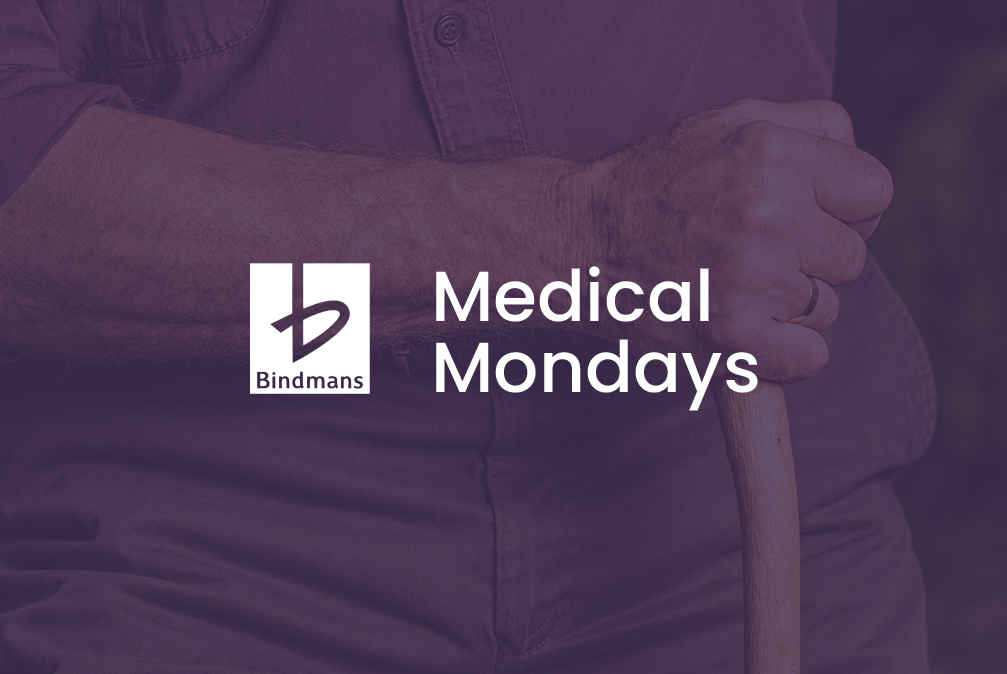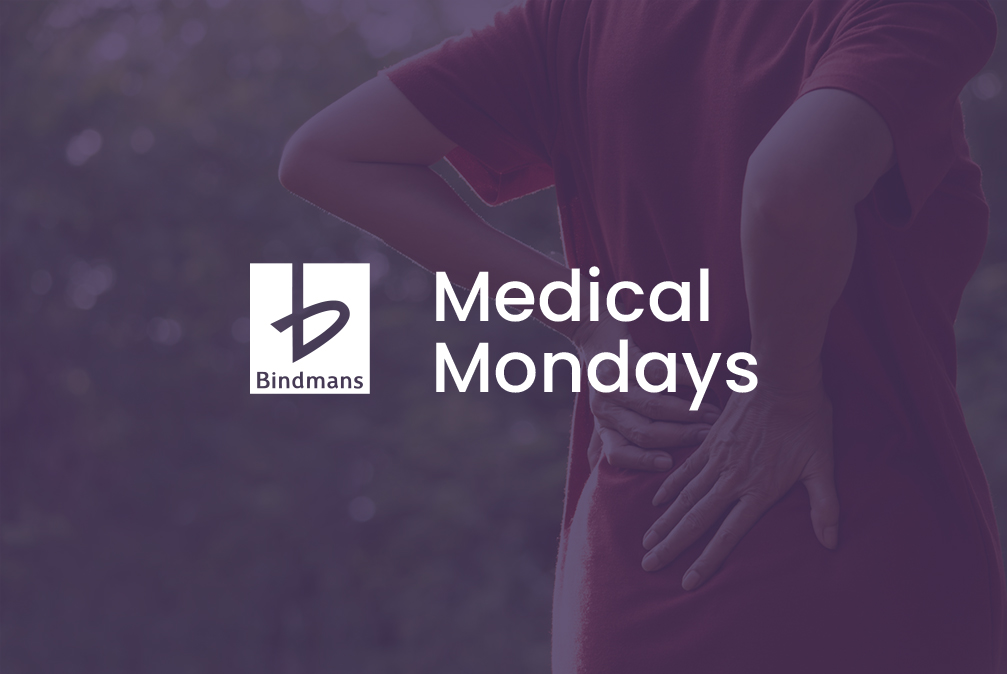The loss of a limb can be life-changing, but prostheses can offer a solution for restoring bodily function or appearance.
Week one: prostheses: what and why?
Prostheses are artificial body parts, designed to restore bodily function or appearance. We often act for clients who have lost limbs following an accident or as a result of negligence and require prostheses. The loss of a limb can be life-changing. If you have lost a limb in an accident or as a result of medical negligence, you may be able to make a claim for compensation.
Week two: types of prostheses
There are various different types of prosthesis, varying from the type of limb, to the style and function of the prosthesis. The four main types of prostheses are:
Upper limb:
- Transradial: prostheses that attach at the elbow
- Transhumeral: prostheses that connect to the body between the elbow and the shoulder
Both of these types of prostheses come in varying functions. These are known as ‘passive’ and ‘active’ devices. Passive prostheses serve for strictly cosmetic purposes and do not function in the same manner as an arm. By contrast, active prostheses can be operated by the user to engage with objects.
With modern technological developments, prosthetics have developed significantly. Some active prosthetics use a cable-operated harness device that allows the user to control the movement manually. Alternatively, myoelectric prosthetic implants detect muscle movement in the upper arm via specialised sensors and move the prosthesis, allowing users to open and close their hand. These new advancements have been essential for our clients who have lost limbs. Improving range of motion, prosthetics allow individuals greater freedom and independence following their injuries.
Lower limb:
- Transtibial: an artificial leg that attaches below the knee. The primary function of this prosthetic is to distribute weight accordingly and provide as much comfort as possible. Typically, the artificial leg will not move, meaning individuals will require rehabilitation to assist them in their new way of walking
- Transfemoral: A transfemoral prosthesis is often considered the most challenging and complex prosthesis of the four main types. This replaces a missing leg above the knee. The artificial knee joint is controlled by hip motion, and after a lengthy rehabilitative process, can allow for seemingly normal movement and function
Beyond these, prostheses have been developed to replace missing feet, hands, eyes, fingers, noses, and more.
Week three: which types of prostheses can I claim for?
The initial purchase of prosthetics can be expensive. In addition, the requirement for an individual to replace these throughout their life (on average, prosthetics need replacement every six years) mean that these expenses are often costly. However, it is possible to claim for prosthetics as part of your clinical negligence or personal injury compensation.
You can claim for all kinds of prosthetics. For example, we have previously acted on behalf of an amputee with a passion for motorcycles. As part of their claim, we assisted them in their purchase of a trike, for which their prosthetics had to be compatible.
We have also represented clients who enjoy hiking and swimming, helping them acquire the appropriate prosthetics to allow them to continue these activities, as well as elderly clients who have claimed for passive prosthetics, allowing them to continue wearing the clothes they love and maintaining their previous appearance.
Week four: prostheses and rehabilitation
Individuals with prostheses will often need to undergo a rehabilitative programme to assist them in adjusting to their new reality. Rehabilitative programmes are costly, however it is possible to include the costs for these within a claim for compensation.
Amputees with prosthetics may require physiotherapy to assist them in adapting to their new prostheses and regaining their strength and independence, and our clients often require psychological therapy to help them process and deal with the psychological impacts of losing a limb. Support workers can also be employed to support individuals in their day-to-day lives. It is possible to include the cost of these therapies, plus more, in your claim for compensation.
We are often able to obtain interim payments for our clients before the final settlement of the claim. We are frequently able to arrange comprehensive rehabilitation programmes to help our clients recover as much as they are able to, helping them adapt to their prosthetics, and improving the quality of their lives as quickly as possible.
Visit our Medical Mondays hub for more information on the different injuries, accidents, and claims that are commonly encountered by our Clinical Negligence and Personal Injury team.
To find out more about our Clinical Negligence and Personal Injury team and the services we provide, visit our webpage here. If you’d like to speak to a member of the team, please submit an enquiry form.






